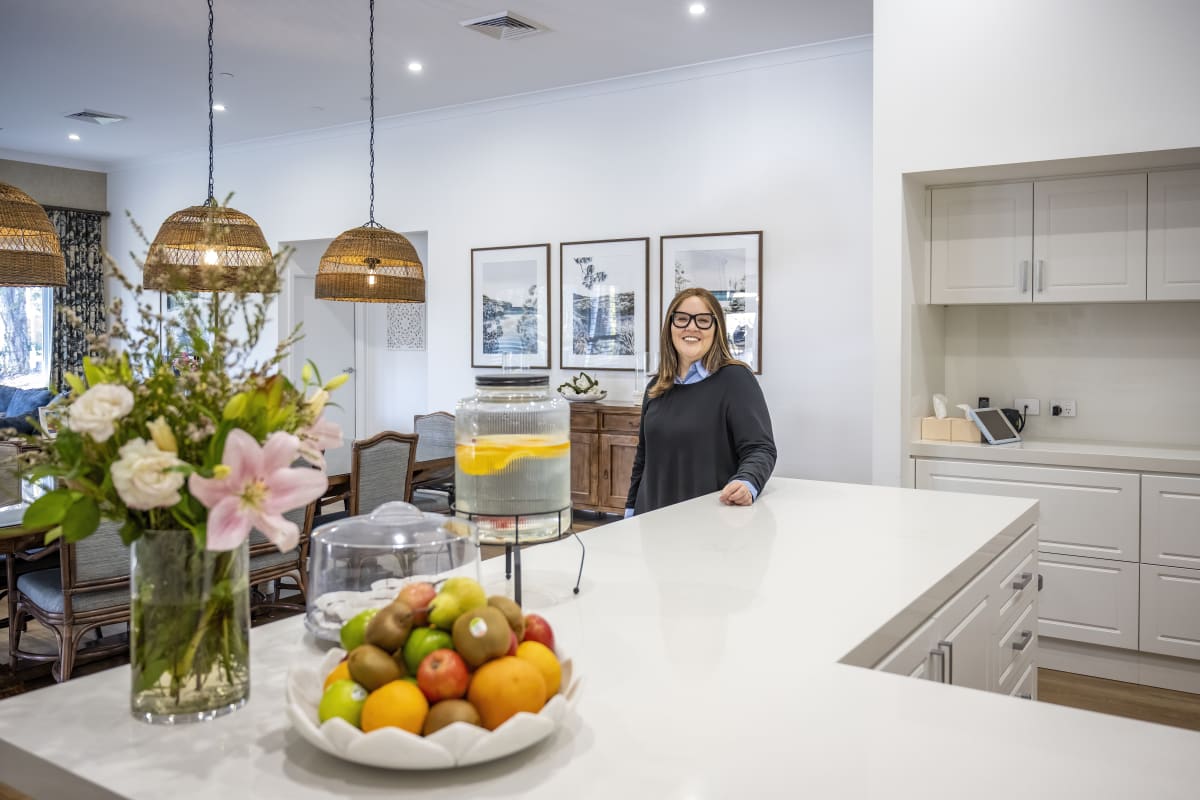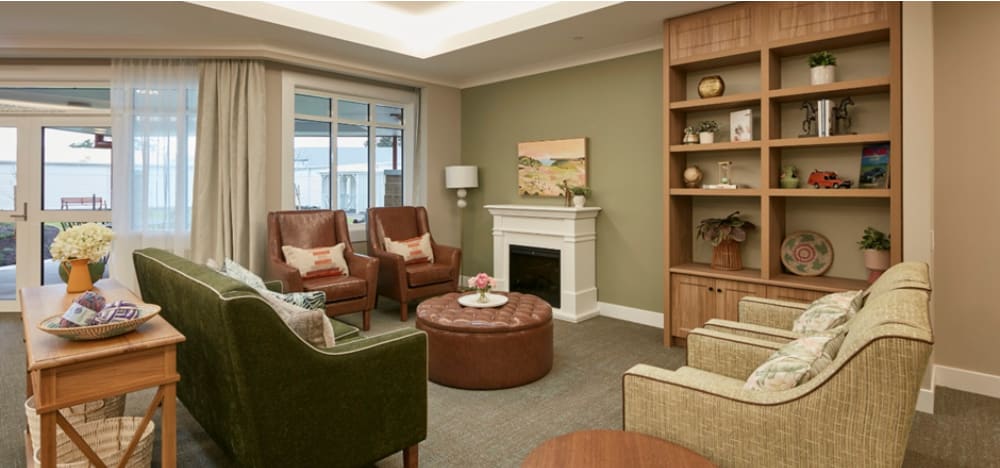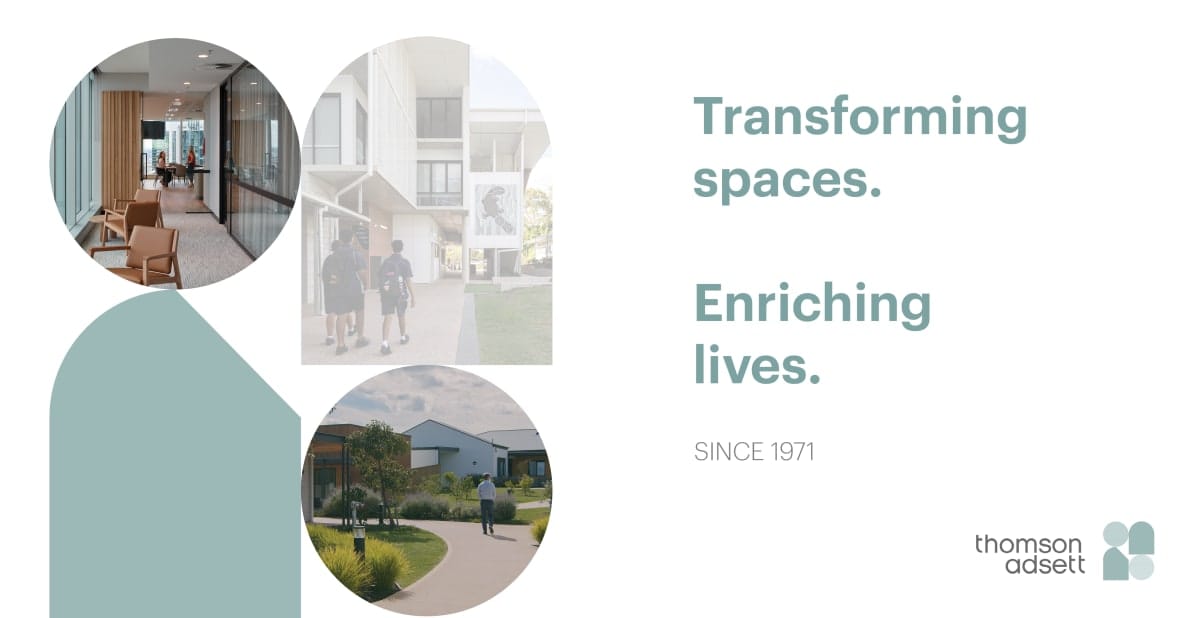Does this look like an aged care facility to you? Why this provider wants more people living with dementia to stay at home
With people living with dementia for an average of 10 to 12 years, more Australians than ever are living with dementia at home – is it time for a rethink of the ageing journey? People living with dementia can live well at home, but it requires...

With people living with dementia for an average of 10 to 12 years, more Australians than ever are living with dementia at home – is it time for a rethink of the ageing journey?
This article is part of a special eight-part SATURDAY project on dementia – look out for the next installment on how operator can mitigate risk and protect people living with dementia.
People living with dementia can live well at home, but it requires gradual changes to the environments – education and training to support individuals and their families – for them to really thrive. Contrary to popular belief, around 70% of Australians living with dementia are actually living at home – and this number will only increase as the Federal Government switches its funding and policy focus to home care.

People living with dementia can live well at home, but it requires gradual changes to the environments – education and training to support individuals and their families – for them to really thrive.
Contrary to popular belief, around 70% of Australians living with dementia are actually living at home – and this number will only increase as the Federal Government switches its funding and policy focus to home care.
“Many people don’t want to ever go into long term care because it scares them,” said Tamar Krebs, founder and Executive Director of Group Homes Australia (GHA), a provider of small homes in the community for people living with dementia.
“They want to stay at home, so we [the aged care sector] then we have to consider how do we redefine what that looks like – and how do we change the offering so that provides flexibility and the opportunity to stay at home.”
GHA model rethinks the idea of ‘home’
GHA’s model is based on a real home environment and way of living. The group now has 22 homes across Sydney catering to around 150 residents with six to 10 people living in each home. Staff – called ‘Homemakers’ – provide care, cleaning, cooking, laundry and support services 24/7 on a 1:4 staff ratio with access to Registered Nurses and social workers available.
“Research has shown us that people thrive in a home environment, so it was really about rethinking that notion,” said Tamar (pictured).

“Our residents wake up when they want. They get involved in everything that the home can offer, whether it’s cooking, baking, gardening, shopping and more.
“It’s also integrated in the local community so they can go to the coffee shop, the hairdresser, the park, all the different things that make our homes feel like they are our own.”
Govt pushing for small household model in residential care
Last year, the Department of Health and Aged Care published its draft National Aged Care Design Principles and Guidelines which laid out its future vision for Australia’s aged care homes.
Among its recommendations was a recognition that the best outcomes for people living with dementia are in small-scale, domestic household models.
Aged care provider HammondCare pioneered its first small household, or cottage-style, residential aged care service, at The Meadows at Hammondville in 1995 – and with each new build, has continued to research and refine its model of care in the subsequent decades in NSW and Victoria, and its latest dementia care village, Daw Park (pictured), in South Australia.

“HammondCare’s own experience with the cottage model over nearly 30 years, supported by independent research, demonstrates that small home models improve health and quality of life outcomes for residents in surroundings that feel like home,” said Angela Raguz, its Chief Operating and Risk Officer.
“This is especially true for people living with dementia.”
“There needs to be an enabling environment that keeps the resident engaged with everyday living activities, such as participating in food preparation, gardening and laundry, and there needs to be easy access to the outdoors.”

“Homes need to be calming and low stress”
For people living with dementia who are still in the family home, surrounded by familiar rooms, furniture, and neighbourhood, this familiarity can be enabling.
But with few homes designed for people living with dementia or ageing in mind, there will need to be discrete changes made to the home environment over time, said Angela. “Homes need to be calming and low stress,” she said. “Challenges for the person living with dementia over time can include difficulties getting up and going in the morning, sleeping well, eating properly, receiving visitors, and leaving the home for planned outings. There can be loss of interest in food.
“Homes need changes like reducing clutter, placing appropriate signs and cues to reduce confusion and uncertainty – especially in kitchens, adjusting light levels, reducing distracting noises like TV and radio at mealtimes, removing trip hazards like uneven tiles as well as glare and reflections.”
“Some paint colours can be more enabling than others. Bathrooms and toilets can be user friendly with small modifications, as for other older people.”

Establishing ‘cognitive ramps’
GHA’s model focuses on building what Tamar calls ‘cognitive ramps’ for people living with dementia, which can also be applied in the home environment. She uses the example of a resident who enjoys going to a local café for a coffee.
“Over time, they might not be able to make the order, but we can speak to the owner of the coffee shop and say, ‘hey, Bob loves a flat white. So when you see him, can you greet him and say his order’ so that Bob can have the experience and enjoyment of still being included.” Another example is baking, setting up ingredients for baking on the kitchen counter, some of the ingredients are pre measured so that a resident that enjoys baking can put all the ingredients together and feel relevant and purposeful without relying on their memory or possible limitations.
Respite care the key to staying at home “We wanted to redefine what respite is,” said Tamar. “It’s not just about accommodation, it’s about giving people accessibility in a small home environment, with education for families and friends to really learn how to help people stay at home forever with not ever having a need to come into care.” GHA offers a ‘Rementia Together’ retreat (the word Dementia in Latin means away from the mind, so the word Rementia means returning to the mind), which is fully funded by the Federal Government. A five-day retreat for five couples, it is designed to equip care partners with the necessary skills to support their loved one stay in the home as long as possible. They also recently launched a new short-stay, flexible dementia respite program, Respite Reimagined (R&R), at the end of last year. R&R offers participants a personalised dementia care plan – regardless of the length of stay – and a free Demystifying Dementia half-day educational session for families and Support Partners. The other aspect of ensuring that an individual living with dementia can live their best life for as long as possible at home is their carer.
Research shows that around 70% of people living with dementia at home have a partner acting as their carer – yet most people only access respite care 12 months prior to entering permanent care. “It’s vital that carers look after for their own needs,” said Angela. “This includes pursuing respite options so the carer can have time to rest and recharge.” With few aged care beds being built, the need for people living with dementia to age well at home is no longer a wish – it’s a necessity.






